Last week’s settlement of three years of turmoil in the UK — for better or for worse depending on your political viewpoint — will at least have one positive outcome for the camera industry. Prices will stabilise thanks to the new-found buoyancy in Sterling.
Even before the final election results came in on Friday morning, the pound was powering ahead against the US dollar and the euro. If the trend continues — and some are forecasting a return to the $1.45 rate last seen before the Brexit referendum — prices could actually come down. As I write this article, the most interesting rates are $1.34, €1.20, 146.4 Yen and 9.33 Yuan — all moving in a direction that will please UK importers and consumers.
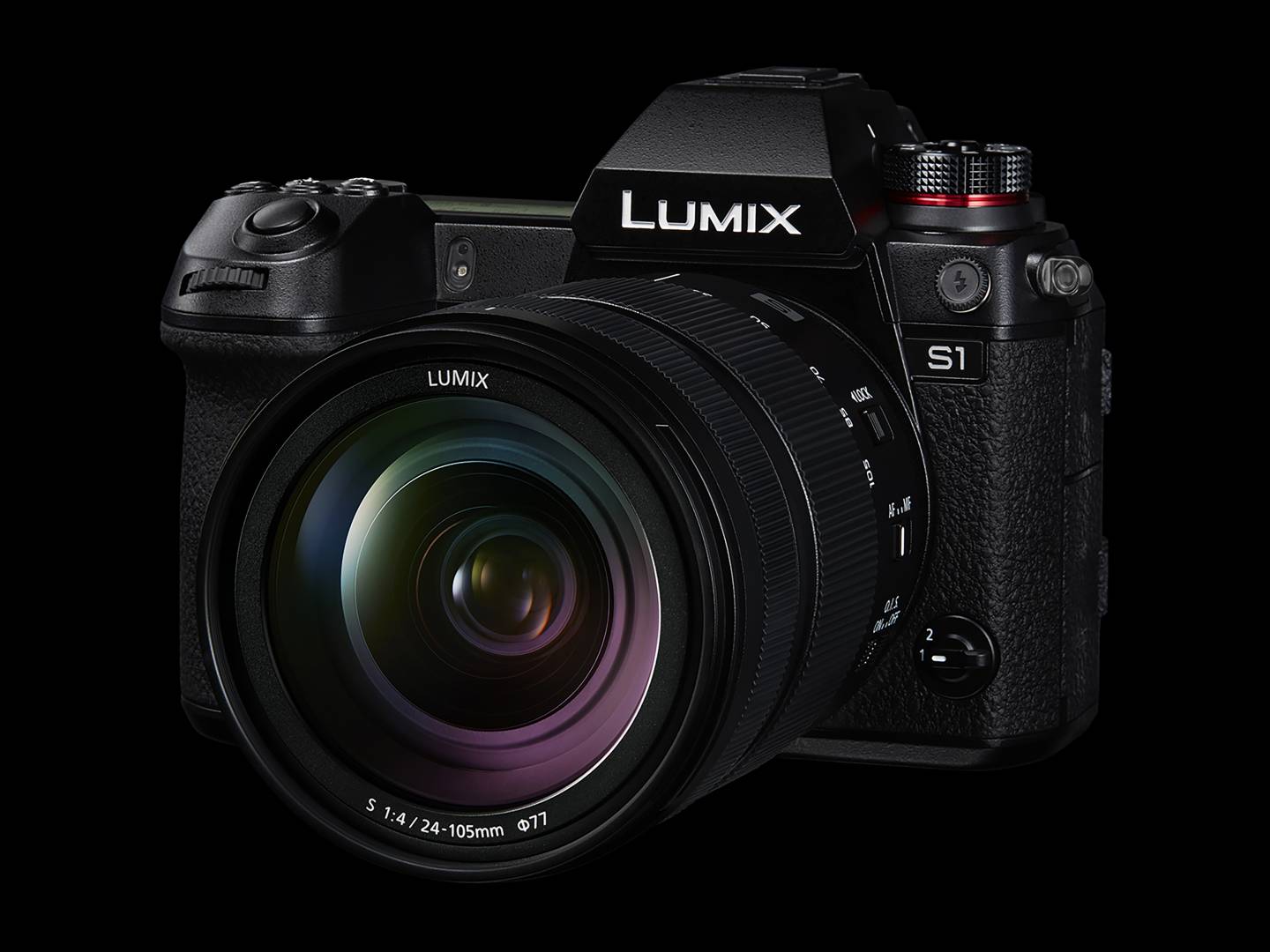
Exchange controls, no
The pound has long been held back by uncertainty, particularly in the period leading up to last week’s election. Had Britain elected a hard-left government, the pound would have fallen through the floor. Capital would have taken flight. Supporters would argue, nevertheless, that such an outcome would have been a price worth paying for a more progressive agenda. I am not here to judge on that, I am just commenting on the results.
Tellingly, the opposition was ready to impose exchange controls if they had won. That danger has now evaporated and, despite increased spending commitments by the current government, all this should be good for the long-term stability of the currency.
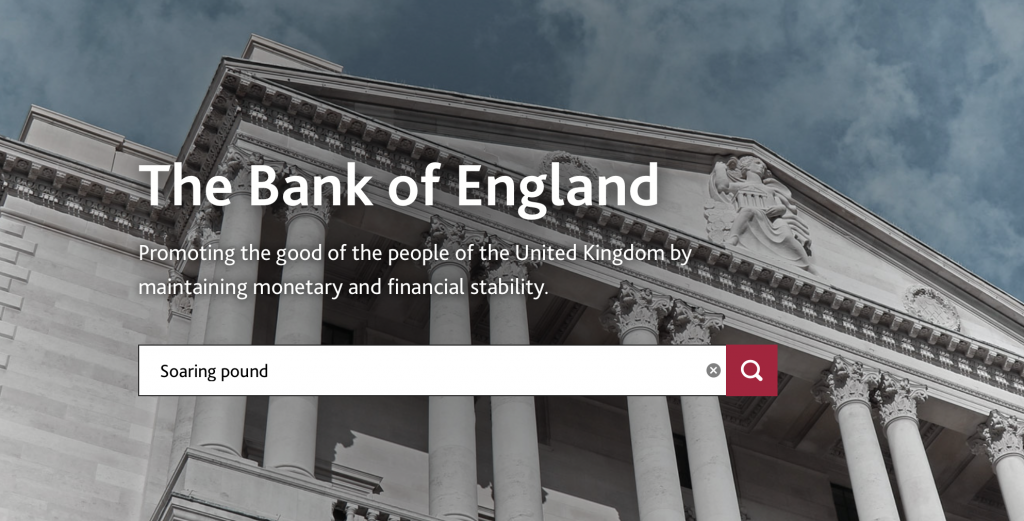
While it is perhaps optimistic to talk of price cuts — prices always seem to go in one direction and importers will be quick to say that they’ve been taking a loss in order to keep prices down — a stable and rising pound will at least help offset price increases. I know that importers, including Leica UK, have been worried about the instability of the political situation added to the uncertainty over the effects of Brexit.
No bargains
The used-camera market will also benefit from this newfound stability. Over the past three years, the pound has been falling steadily to the point where it was actually undervalued. As a result, it has become increasingly difficult to find popular camera bodies such as the Leica M3 and M6 at sensible prices.
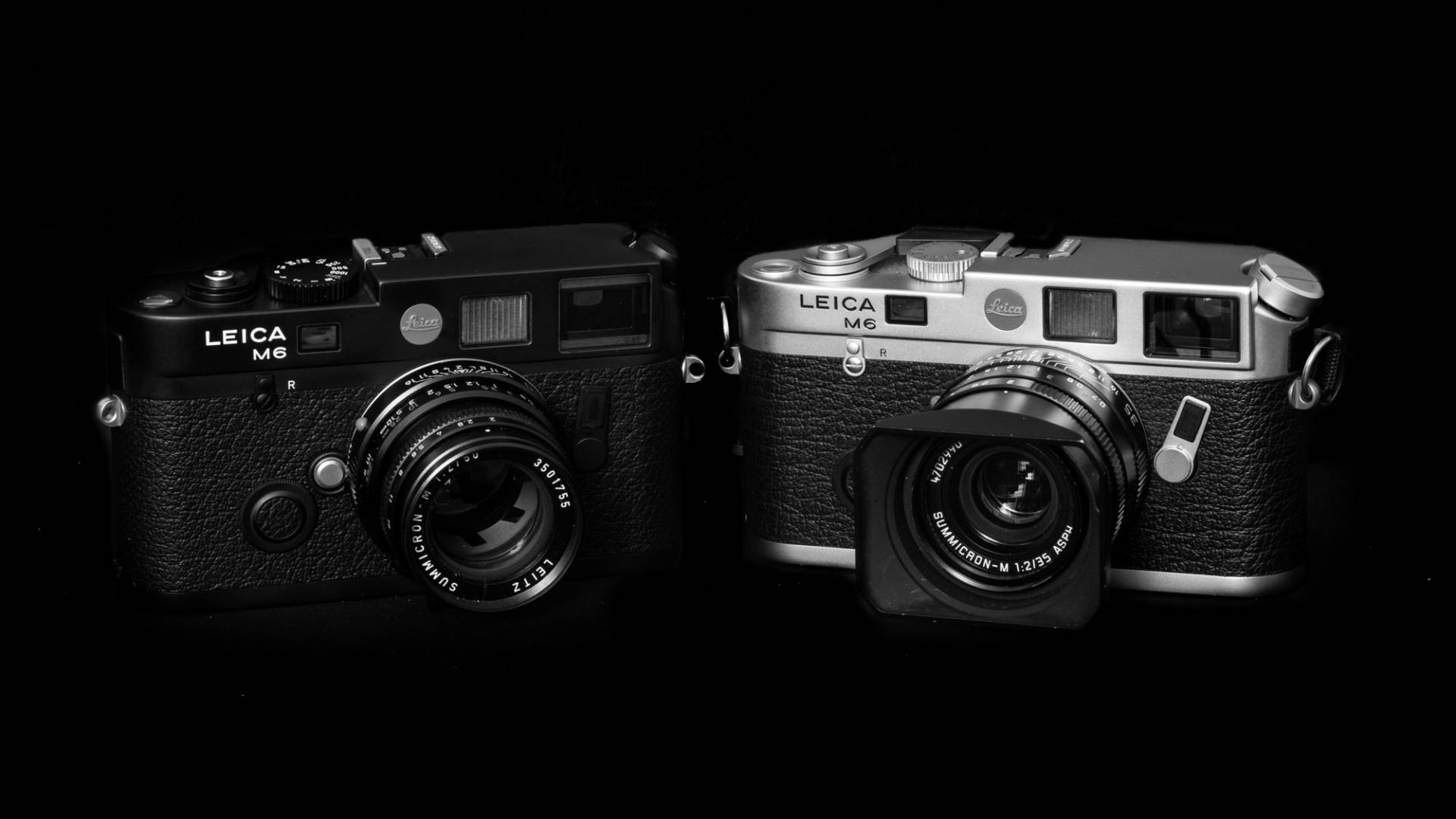
There is a big demand for the M6, in particular, and prices have risen inexorably over the past two years. At this year’s Bièvres camera fair in Paris, there were few bargains to be had.
Some dealers, perhaps expecting the exchange rate to worsen, had begun to wonder whether or not they would bother going to the 2021 event.
No longer: Next year they will be like bees round the Bièvres honeypot.
The shortage of desirable Leica film cameras has been exacerbated by the weakness of the pound in another way. Overseas buyers have bought heavily from British dealers, taking advantage of the exchange rate, and shelves have become increasingly bare. This effect should now slow.
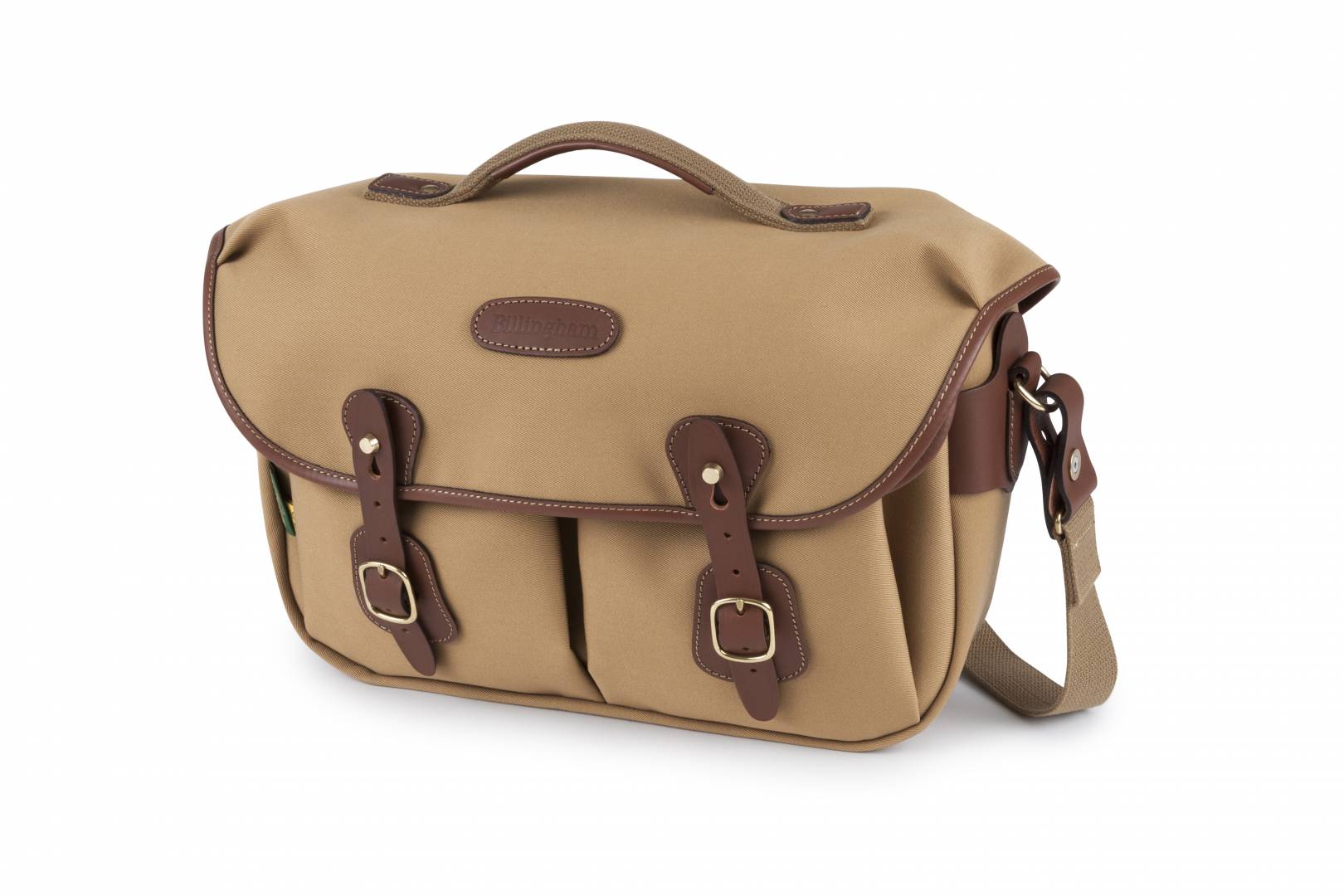
On the other hand, British dealers will have the ability to buy in more stock and, with luck, this will lead to improved choice for local buyers. It is quite possible that there will be a weakening of local prices for classic cameras simply because the pound is going up in value.
Naturally, there are always two sides to every story. British accessory exporters, such as Billingham, will not be quite so pleased. They sell many products in the USA, for instance, and the difference between a $1.20 and $1.45 exchange rate will be significant.
Overall, however, a more valuable British currency will be good for an industry that is almost entirely dependent on imports.

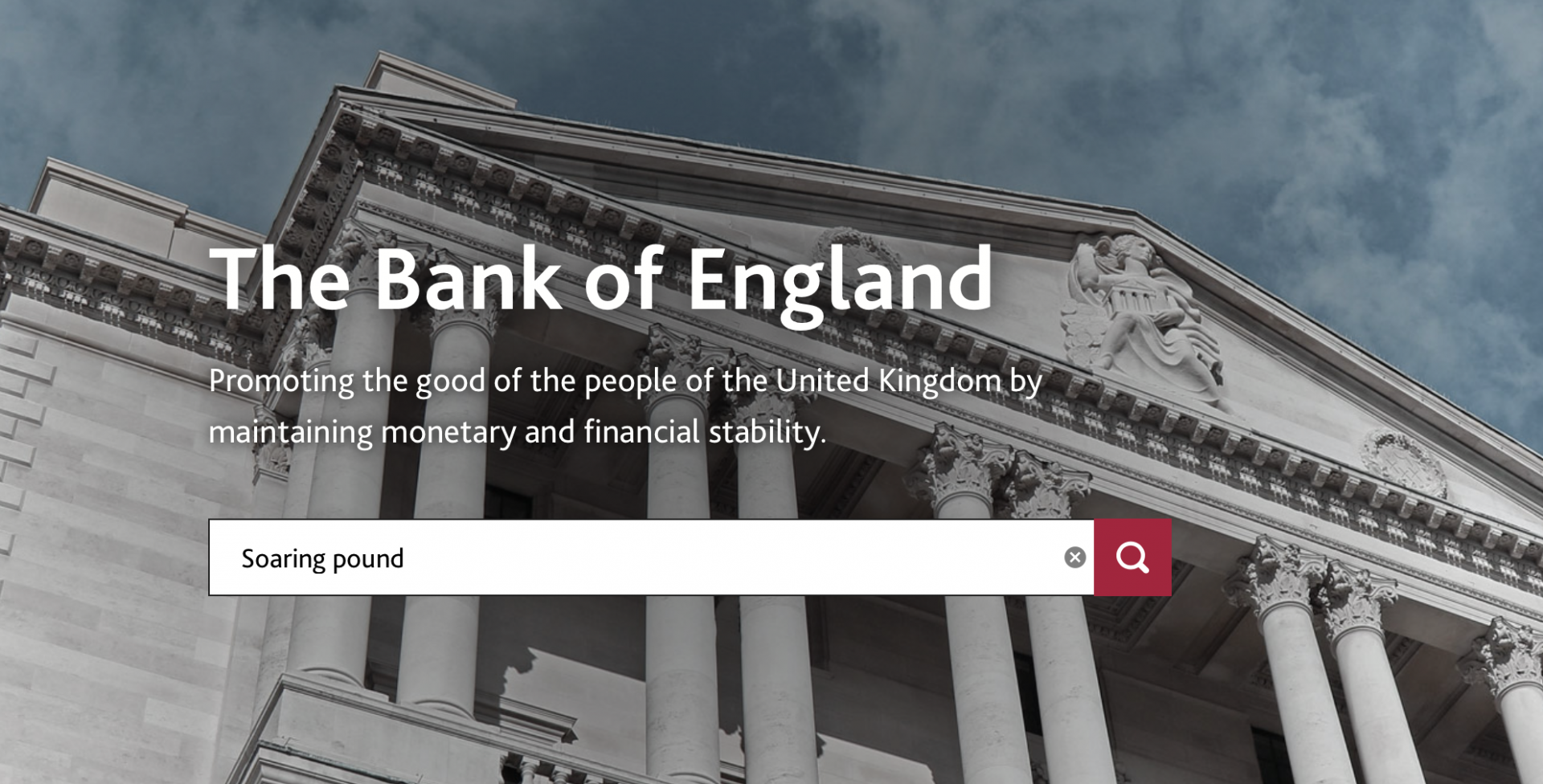
hopefully it will continue to rise in the mid term, but in the short term the rising pound did not last for very long 🙁
I think the long-term trend is positive. The fall today was directly linked to the Prime Minister’s decision to make the exit date of 31 December 2020 absolute, irrespective of whether or not a deal is reached. I see this as sensible negotiating tactics and I think it very unlikely there will not be a deal. So there will be some ups and downs but in the long term the pound should rise. Fingers crossed!
He did but Buyer Beware won!
I thought Caveat lost his seat last Thursday.
It will take a while to settle and, just as with petrol, diesel and gas, prices are usually sticky in a downward direction. You can expect, I believe, a lot of offers to stimulate the stagnant market for cameras, though. Margins are high, so there is plenty of scope for that.
In the US it seems that prices are about to increase as new US tariffs on German made lenses filter through. Some dealers have stock at old prices, but it seems that new stock will be at substantially higher prices. It is all about the Airbus, apparently.
You are right about vintage cameras. It is hard to interpret auction results because some auctioneers ‘high ball’ estimates, whereas others ‘low ball’. I have, however, seen very few items that I bought at auction being sold below what I paid. Most sell at or a bit above what I paid, but, occasionally, I see spectacular rises in prices. Auctions are a gamble, however. Jumping into another auction just after a spectacular sale price has been achieved does not always guarantee the same result.
Caveat Emptor and all that.
William